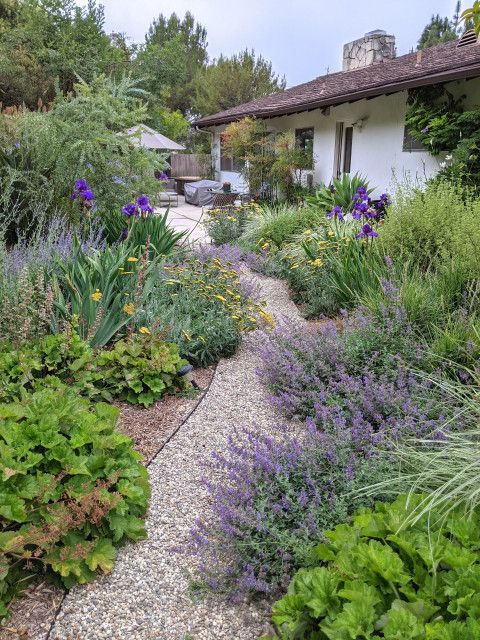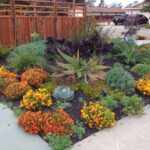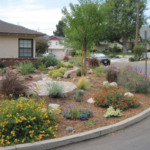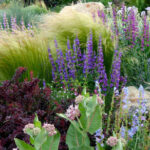With climate change causing more frequent and severe droughts around the world, conserving water has become increasingly important. One way individuals can help in this effort is by incorporating drought-resistant landscaping into their yards and gardens.
Drought-resistant landscaping, also known as xeriscaping, is a landscaping method that focuses on using plants and materials that require minimal water to thrive. By using plants that are native to the region and have adapted to the local climate, homeowners can significantly reduce their water usage while still maintaining a beautiful and vibrant outdoor space.
There are several benefits to incorporating drought-resistant landscaping into your home. Firstly, it can help reduce water usage and water bills, especially in areas that are prone to drought conditions. By using plants that require less water, homeowners can minimize the need for regular irrigation and reduce their overall water consumption.
Additionally, drought-resistant landscaping is often low-maintenance, as these plants are typically hardy and able to survive with minimal care. This can save homeowners time and effort in tending to their outdoor spaces, as well as reducing the need for harmful chemical pesticides and fertilizers.
Furthermore, drought-resistant landscaping can help create a more environmentally-friendly yard by conserving water and supporting local wildlife. Native plants often provide food and shelter for pollinators and other beneficial insects, helping to promote biodiversity and a healthy ecosystem in your own backyard.
To incorporate drought-resistant landscaping into your yard, start by selecting plants that are native to your region and have adapted to the local climate. Look for species that are drought-tolerant, require minimal watering, and are well-suited to the specific conditions in your area. Consider factors such as sun exposure, soil type, and drainage when choosing plants for your landscape.
In addition to selecting the right plants, consider using mulch to help retain moisture in the soil and reduce water evaporation. Group plants with similar water needs together to make watering more efficient, and consider installing a drip irrigation system to deliver water directly to the roots where it is needed most.
By incorporating drought-resistant landscaping into your yard, you can help conserve water, reduce your environmental impact, and create a beautiful and sustainable outdoor space. With the increasing threat of droughts due to climate change, taking steps to minimize water usage in your landscaping can have a significant and positive impact on the environment.




















